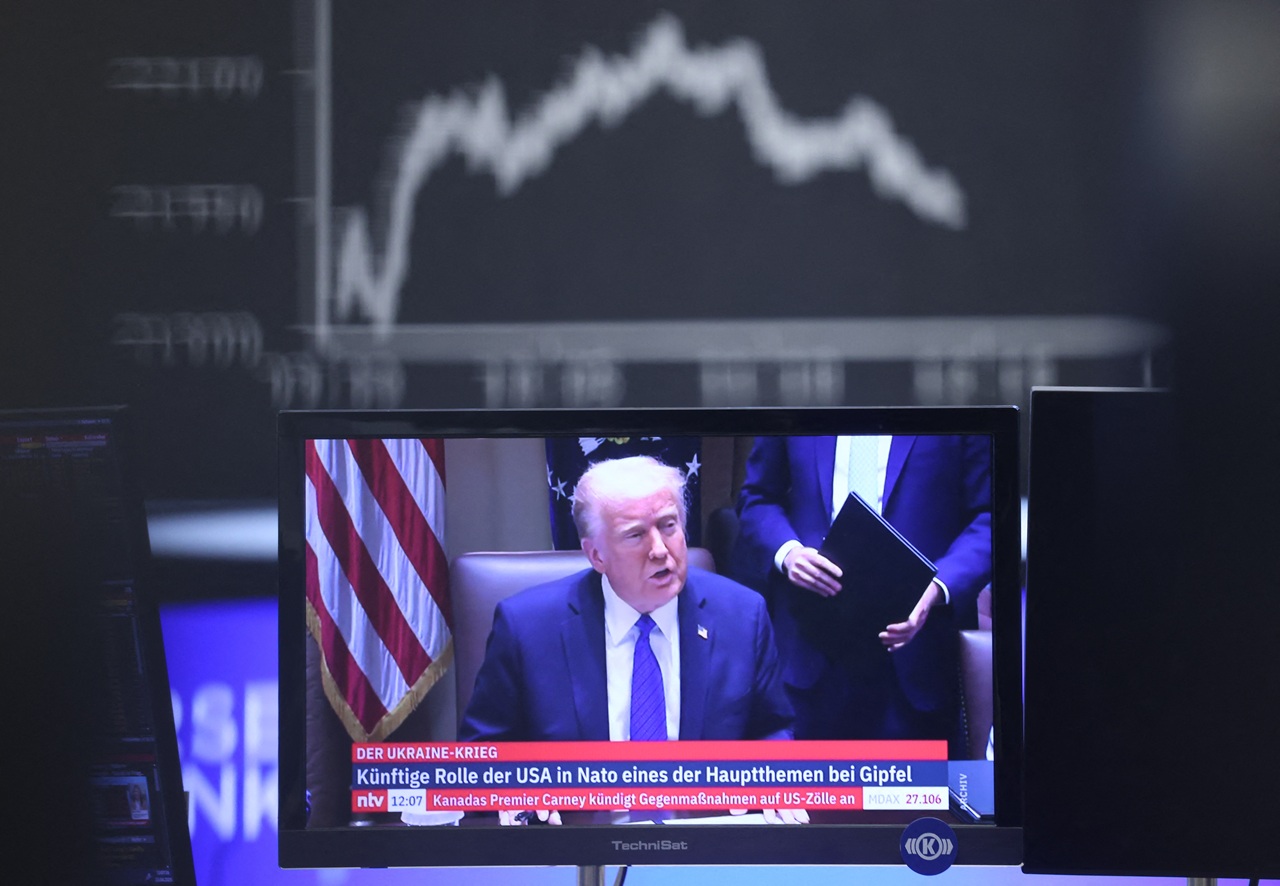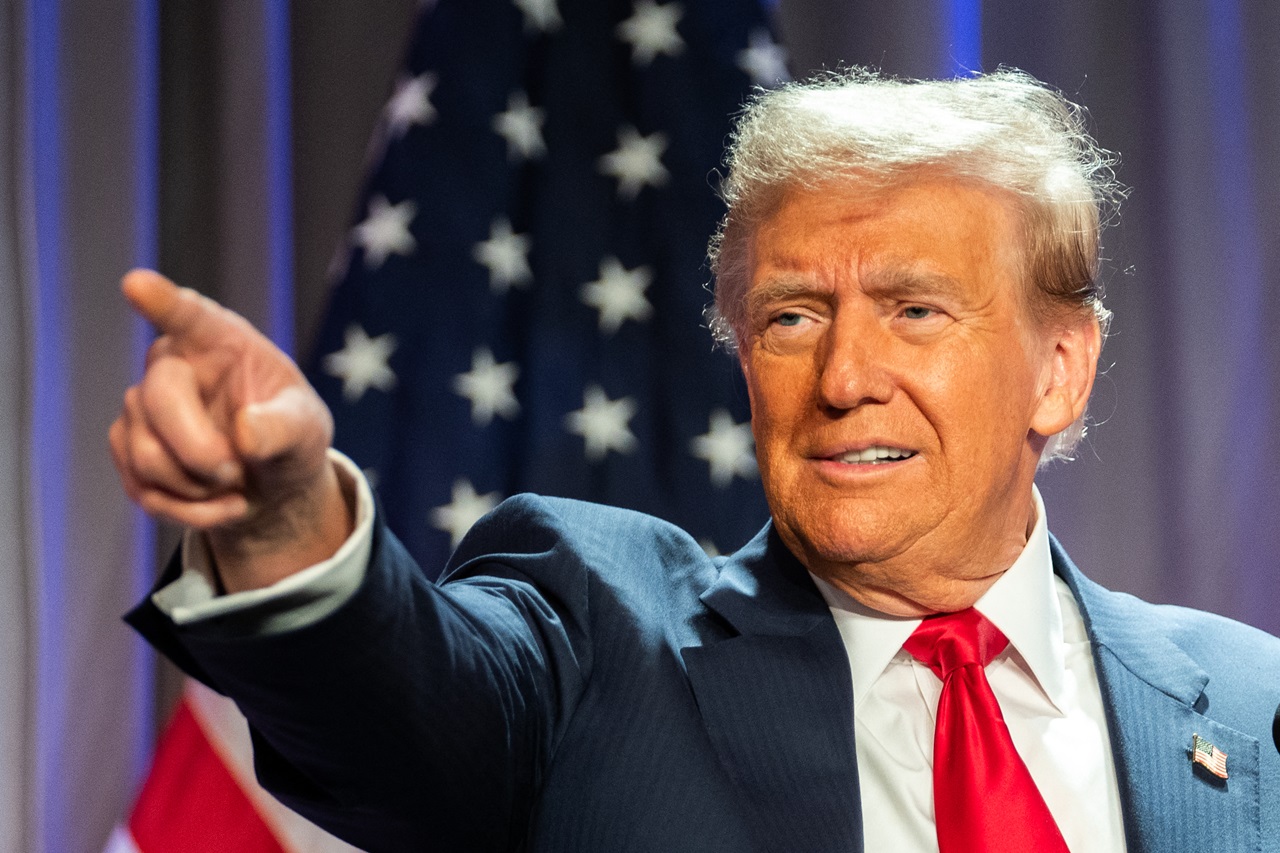
Puerto Ricans fight against forced privatization of their power grid amid rising cost
Demonstrators blocked a highway in Puerto Rico to show out against impositions forced by the privatization of PREPA.
Luma Energy recently took over the transmission and distribution of power for Puerto Rico’s Electric Power Authority (PREPA), the main energy supplier for its 3.3 million inhabitants, and one of the two largest public power utilities in the United States.
The move marks a major step towards transforming Puerto Rico’s government-owned power provider, but so far, the shift has been far from seamless. The takeover has caused protest, higher energy bills, and ignited the settler-colonist relationship between the U.S. and Puerto Rico.
There is concern that the energy transfer has occurred just before hurricane season, and there is an unknown aspect of how Luma Energy will be able to handle a severe storm.
Puerto Rico continues to slowly recover from Hurricane Maria and Irma nearly four years ago.
Natural disasters are not Puerto Rico’s biggest cause for concern. Rather, it is the decades of mismanagement of Puerto Rico’s power grid, and its government’s inability to comply with U.S. regulations to distribute relief funds — which the U.S. seriously delayed — designated by the federal government.
The hurricanes were the initial factor, but it was the mismanaged power grid that caused the 11-month blackout back in 2017.
The agreement approved by Puerto Rico’s government and a federal control board calls for Luma to spend billions in upgrading its energy grid. The majority of these funds are coming from FEMA. In turn, Luma will be receiving hundreds of millions of dollars for taking over the system.
The Associated Press reports officials are hoping Luma can do better than Puerto Rico’s Electric Power Authority, which has struggled to restore power to the island since 2017, while also juggling $9 billion in debt.
Even after going private, the control board and Puerto Rican government may be forced into an eventual power rate increase to meet bondholders’ demands.
That’s essentially what’s already happening.
One after the other, Twitter users shared their experience just one day after Puerto Rico’s power grid was privatized by the U.S.
“Puerto Ricans are already being billed nefariously,” wrote Twitter user @devilette. They added that where last month's rate totaled $117, this month’s jumped to $669.
It’s only been ONE day since Puerto Rico’s electricity grid was forcibly privatized by the United States government and Puerto Ricans are already being billed nefariously.
— paolette (@deviIette) June 2, 2021
Last month: $117
This month: $669
#FueraLuma #FueraLaJunta #FreePuertoRico https://t.co/8gCzT4I0vC
Mere days into the takeover by Luma Energy, costs have risen, and the Luma Energy website crashed. There is also little Spanish language support online and in-person to a consumer base that predominantly speaks the language.
It sparked mass protests on the island that have already extended weeks ever since it became public that Puerto Rico’s legislature was forced by Puerto Rico’s Financial Oversight and Management Board to privatize the electrical system.
The island’s House of Representatives unanimously rejected the oversight board’s demand in a vote 43-0. Despite the rejection the U.S. forced the privatization.
RELATED CONTENT
Puerto Rico Governor Pedro Pierluisi is in favor of the grid’s privatization, but it should be noted that he used to work for the oversight board.
It reignited colonial tensions between Puerto Rico and the United States government, where protestors called for international solidarity against the imposed privatization.
On June 3, women in Puerto Rico blocked a main highway into the major metropolitan area of Cataño, where they were immediately met by riot police. For two hours, they formed a massive picket line demonstrating indignation against Luma Energy.
The contract with Luma Energy requires that PREPA employees reapply for their jobs at Luma. However, their union says the deal violates their labor laws and has urged its members not to make the switch.
Some protesters are standing in solidarity with PREPA employees, who have been caught in the shuffle, with some encampments running for two weeks now across Puerto Rico, reports Bandera Roja.
Demonstrations continue, and unions have announced a general strike.
#FueraLUMA | Manifestación de Mujeres Contra Luma que paralizó el Expreso de Diego en la altura de Buchanan en repudio a la privatización de la AEE con el contrato de Luma Energy. pic.twitter.com/PfAF7ZM9EA
— Bandera Roja (@banderaroja_pr) June 3, 2021
On June 2, Rep. Alexandria Ocasio Cortez spoke out about Puerto Rico’s failing infrastructure and lack of funding following several natural disasters.
Luma will inherit unresolved blackouts since 2017 and thousands of cases of power outages in recent weeks.
There is general agreement that there needs to be a change in the energy authority in Puerto Rico, but the forced privatization of PREPA and Luma’s takeover have proceeded with lack of transparency and a disregard for the public’s needs.











LEAVE A COMMENT: